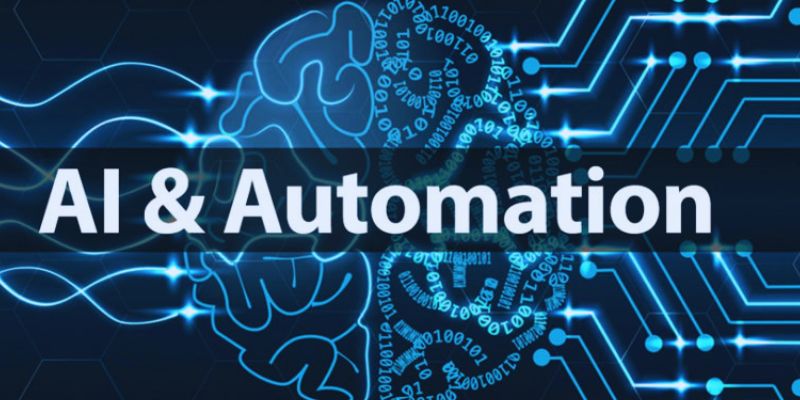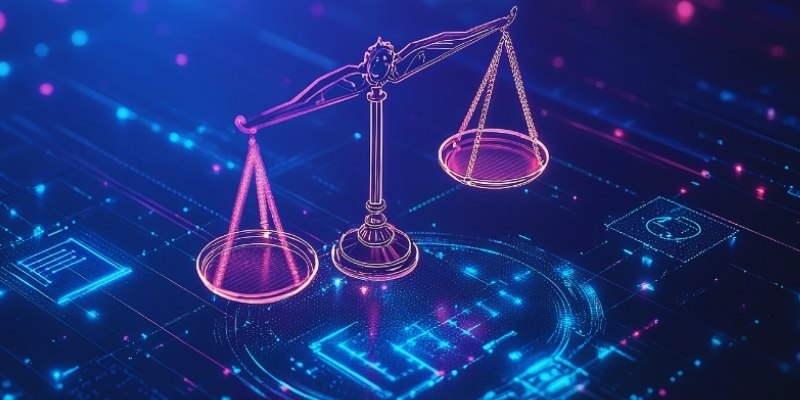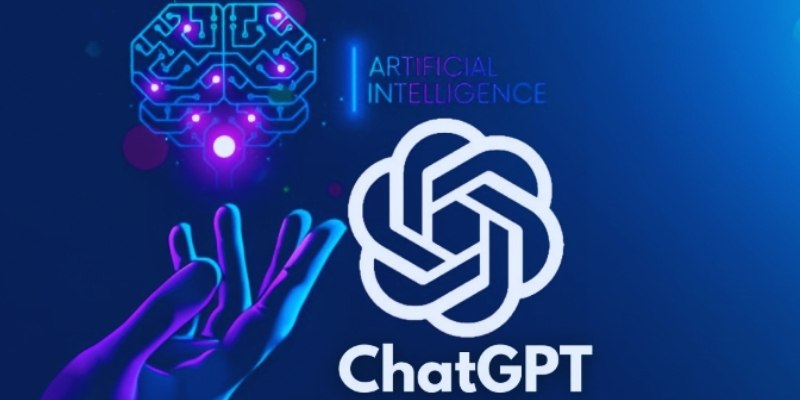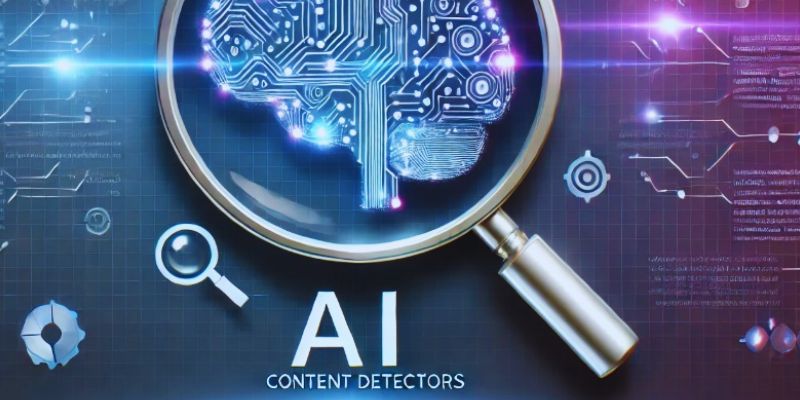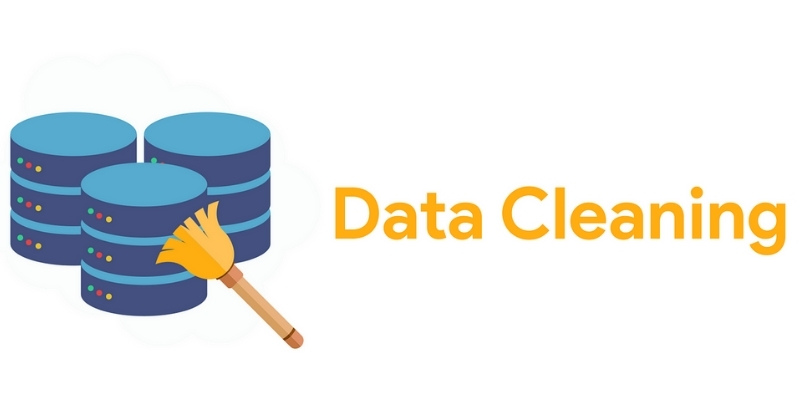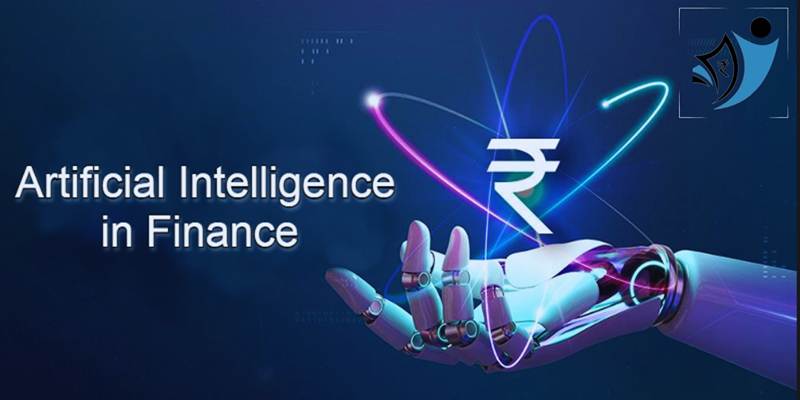Generative artificial intelligence is influencing personal and corporate technology use. It may generate graphics, text, or even code. However, major security concerns accompany its advantages. Hackers can use AI for cyberattacks, data leaks, and false information spread. Many businesses today rely on artificial intelligence for automation but sometimes ignore security concerns. Safeguarding private information is more vital than ever.
Knowing these dangers allows one to be ready for possible hazards. Organizations have to create solid security plans. These plans cover data security and content creation produced by artificial intelligence. Minimizing AI hazards mostly depends on awareness and planning. This article investigates five main security concerns related to generative artificial intelligence. We also discuss methods to guard data and stop them.
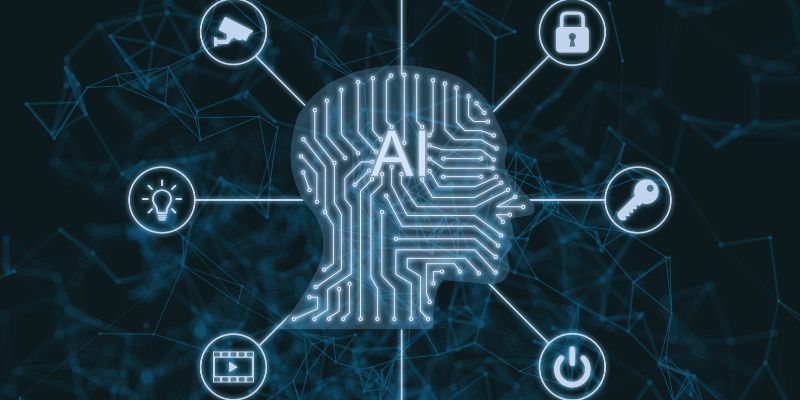
5 Security Risks Of Generative AI And How To Address Them
Here are the five major security risks of generative AI and effective strategies to address and mitigate these threats:
Data Privacy and Security Risks
Generative artificial intelligence depends on big datasets to work. It routinely handles user-sensitive data. Data privacy and security are thus under question. AI systems are targets for cybercriminals since they might retain or reveal personal information. Models of artificial intelligence allow hackers to access private information. Weak security leads to easy illegal access. Many companies neglect to secure data produced by artificial intelligence correctly. Data breaches and invasions of privacy are more likely this way.
How To Address It:
Encrypt sensitive information before entering it into generative artificial intelligence systems to help mitigate data privacy concerns. This shuts off data leaks and illegal access. Use safe storage techniques and limit AI access to private or secret data by restricting rights. Track outputs produced by artificial intelligence regularly to find possible data exposure and act immediately. To guard user data, follow rigorous security guidelines like access limits and multi-factor authentication. Run frequent audits and update AI security policies.
Misinformation and Deepfake Threats
Realistic text, photos, and videos can all be produced by generative AI. Sadly, it can also generate phony material. Deepfakes are artificial intelligence-produced videos that pass for real humans. One can utilize them for manipulation, fraud, or dissemination of false news. False information travels swiftly on AI-driven systems. Easy generation of bogus news stories, misleading product reviews, or scam emails is possible from fake news sources. It causes uncertainty and errs trust. People and companies have to be alert against such dangers.
How To Address It:
Always check AI-generated content before distributing it to combat false information and deepfake threats and prevent their propagation. Find false information and deepfakes using AI detection technologies. Tell consumers about the dangers of inaccurate information and how artificial intelligence can create realistic and misleading media. Before believing or sharing AI-generated content, inspire fact-checking by consulting reliable sources.
Bias and Discrimination in AI Models
AI models pick knowledge from already available data. If the data is biased, the artificial intelligence can generate discriminating conclusions. Unfair hiring, lending, and law enforcement policies can follow from this. AI bias can influence judgments on healthcare and consumer service. Often, bias in artificial intelligence systems is overlooked until it results in damage. Many artificial intelligence algorithms mirror human biases seen in training data. Discrimination and legal problems could follow from this. Ensuring justice and confidence in artificial intelligence depends on addressing prejudice.
How To Address It:
Train AI models to utilize diverse and objective data to guarantee fair decision-making and help eliminate prejudice and discrimination in artificial intelligence. Frequent audits of artificial intelligence systems help to find and fix discriminating trends that might influence lending, hiring, or other important sectors. Apply moral standards for artificial intelligence creation to advance responsibility and justice. Make artificial intelligence decision-making procedures clear and easily available to promote openness.

AI-Powered Cyberattacks
Advanced cyberattacks launched by hackers can be started with AI. Malware driven by artificial intelligence can change and elude protection mechanisms. Attackers can also use AI to produce phishing emails that appear authentic. Identity theft and fraud are thus more likely. Tools created by artificial intelligence can break passwords more quickly than humans. Cybercrime can target companies and people automatically. Standard security policies might not be sufficient to counter threats driven by artificial intelligence. Companies have to enhance their cybersecurity systems.
How To Address It:
Use AI-driven security technologies to identify and stop developing hazards in real time, hence addressing AI-powered cyberattacks. On sensitive systems, multi-factor authentication is applied to defend against illegal access. Employees should receive frequent cybersecurity instructions so they may identify phishing efforts, malware threats, and AI-generated schemes. Track AI-generated material for suspicious behavior suggesting possible security flaws.
Lack of AI Regulation and Ethical Concerns
Artificial intelligence technology is developing faster than rules. Many governments find it difficult to establish guidelines for sensible artificial intelligence applications. The lack of control raises security concerns. Companies might use artificial intelligence without appropriate control. Furthermore, using artificial intelligence for decision-making or surveillance raises ethical questions. Unregulated artificial intelligence systems might breach people's rights to privacy or act unfairly. AI overuse becomes a major concern without well-defined rules.
How To Address It:
Support AI rules that advance openness and responsibility in their development and application to solve ethical questions without artificial intelligence control. Use ethical AI ideas to guarantee responsible application and stop exploitation. Work with legislators to draft rules controlling artificial intelligence uses that safeguard consumer rights. Promote industry-wide AI security norms to uphold consistency and fairness in diverse fields.
Conclusion:
Although generative artificial intelligence presents numerous advantages, it also carries major security concerns. Major issues are data privacy breaches, false information, prejudice, cyberattacks, and lack of laws. Both people and companies have to act early to handle these hazards. Strict security policies, ethical AI use encouragement, and support of laws help to reduce risks. Maintaining AI as safe and useful depends mostly on awareness and preparedness. Businesses and consumers may preserve private information and keep faith in digital technology by being educated and responsible AI users. Strong security policies and moral behavior will help define a future driven by artificial intelligence regarding safety.
